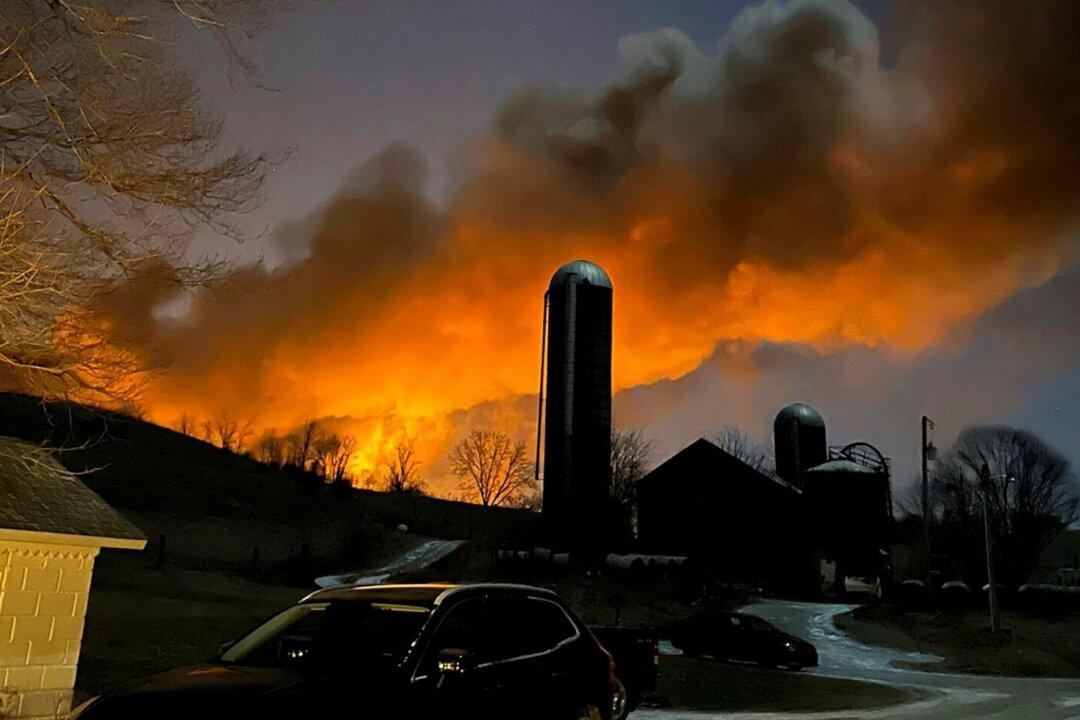More than a year after a Norfolk Southern train carrying toxic chemicals derailed and exploded in East Palestine, Ohio, the National Transportation Safety Board (NTSB) returned to the village to discuss its investigation into the disaster and offer recommendations to prevent future calamities.
NTSB Chair Jennifer Homendy opened the June 25 hearing by stating, “On behalf of the entire agency, I want to recognize the significant impact this derailment has had.”





